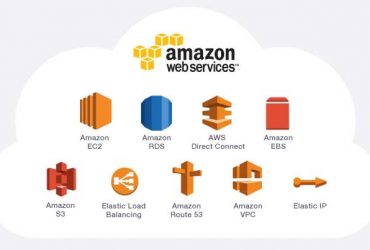AWS (Server Management Services) Streaming Live on Twitch
Twitch is now available on AWS, which is one of the leading community for the developers, gamers and the artists. In today’s world, everyone is using the online streamers to watch the videos and discuss their passions by joining the live sessions. By keeping this in mind, the AWS provides the fun services with the joining of AWS Twitch channel this past November, to bring the latest technologies to the audience of Twitch.
This is one of the amazing features which can be happily used by the developers, engineers and many others. Let’s discuss:
How Twitch uses PostgreSQL
Twitch consists of 125 database hosts serving OLTP workloads in production, which is a part of the cluster. Perhaps, 4% run MySQL, 2% run Amazon Aurora and the remaining part run PostegreSQL. Twitch can manage the following:
· Provisioning system Image
· Replication
And several other new clusters are RDS for PostgreSQL.
One of the most interesting clusters managed is the original central database dating back to the origins of Twitch. Cluster averages over 300,000 transactions per second. The Twitch has its own specialized infrastructure to keep it responsive, stable and capable of dealing with varied use cases it supports. We employ a multi-region topology, elastic cluster capacity provisioning, faster master node failover and zero downtime credential rotation. Specialization in Twitch or we say its features are:
·Zero downtime credentials rotation
·Zero chances of errors
·Partitioned the credentials to log in
For example, creating a role could look like:
create role team no login; — create a team role
create role team_01 with encrypted password ‘md5…’; — current active role
create role team_02 with encrypted password ‘md5…’ no login; — disabled role
grant team to team_01; — gives team_01 the same rights as the team
grant team to team_02; — gives team_02 the same rights as the team
For zero downtime credential rotation, enable the next role, e.g.:
alter role team_02 login;
Then, distribute that role and its password to all clients and finally disable the old role with:
alter role team_01 no login;
Query Protection
In this, there is also a statement timeout for every role. With the help of this, the queries and the backup for clients will not fall down ever. So, now you can easily ship the expensive queries.
alter user team_01 set statement_timeout = ‘1s’;
alter user team_02 set statement_timeout = ‘1s’;
We can still put too much load on the cluster but with this setting, but this usually gives us enough capacity to so that unrelated query will get a slow response rather than no response at all.
Server Management Services
 Server Hardening Linux: Knowing More About
Server Hardening Linux: Knowing More About






Comments (0)